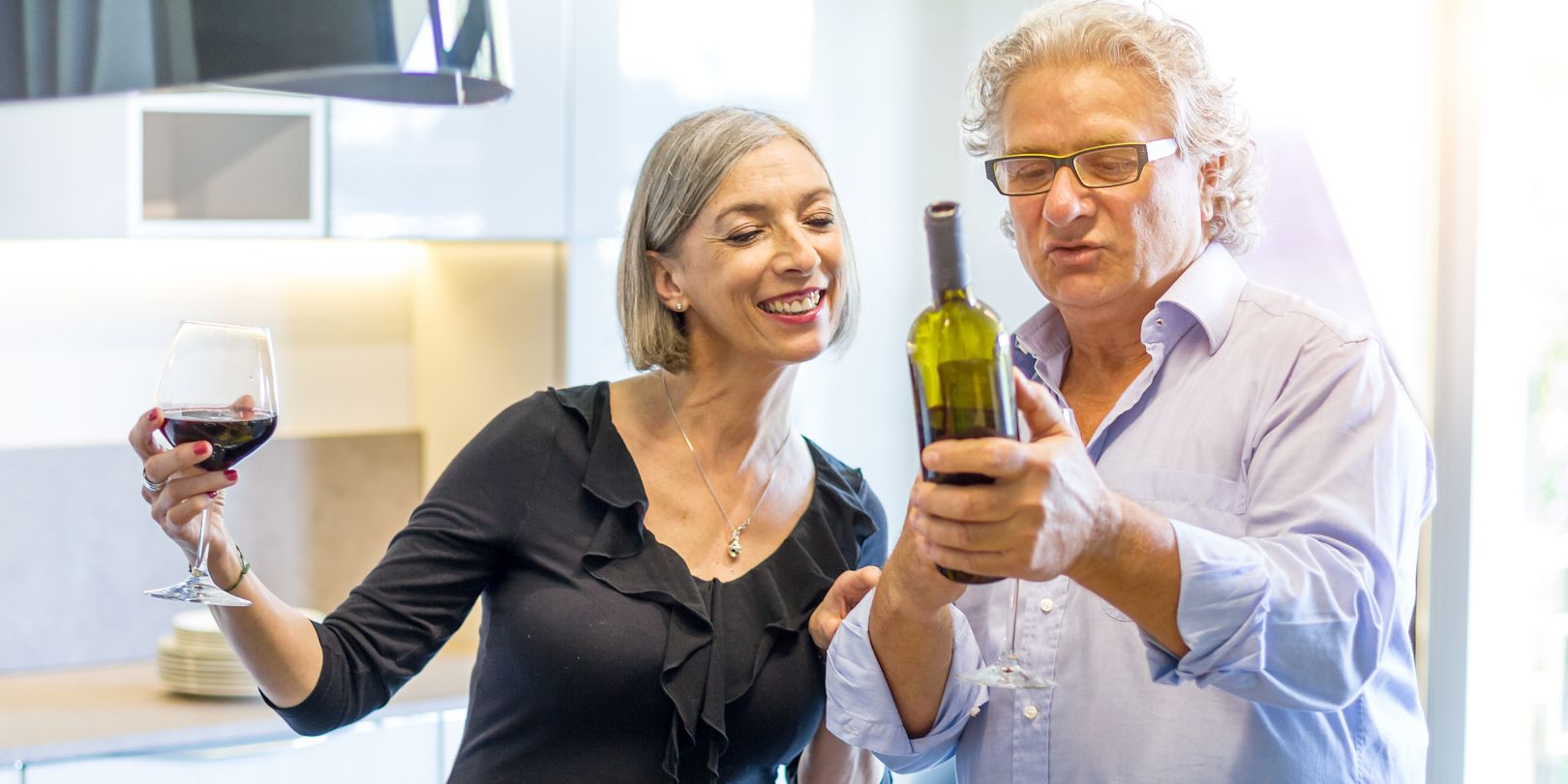Tips for Hosting an Elegant Wine Tasting at Home

There’s something special about hosting a wine tasting in the comfort of your own home. Whether entertaining guests or spending time with friends, you can elevate the evening by hosting an elegant wine tasting. But how do you go about planning the perfect event?
In this post, we’ll provide tips and tricks for creating a luxurious atmosphere, selecting the right wines, and tailoring the tasting experience for maximum enjoyment. From inviting your guests to the presentation of the wines, you’ll be sure to impress with your hosting skills. So, if you’re ready to bring the world of wine to your home, read on for the definitive guide to hosting an elegant wine tasting.
Setting the Scene
When sending out invitations for your wine-tasting event, choose a date and time that works for most of your friends and family. Keep in mind that wine tastings typically last one to two hours. To ensure everyone has the opportunity to participate, keep the guest list small.
Create the desired atmosphere by considering the ambiance you want to create. Warm lighting, candles, soft background music, and decorations that reflect the theme of the evening can enhance the experience. If you have access to an outdoor space or backyard, consider utilizing it to offer a change of scenery and fresh air.
Arrange the table in a way that comfortably accommodates all guests. Ensure enough space for each attendee’s wine glass, wine opener, cheese and charcuterie platters and plates, display cards, and other items needed during the tasting. Consider providing tasting mats or cheese boards for added enjoyment.
Elements of a Wine Tasting
When selecting wines for your tasting, ensure they complement each other in terms of flavor profile and style. Consider the sequence in which the wines will be tasted, such as starting with white wines before moving on to reds or transitioning from sweet to dry wines. Take into account any dietary restrictions or allergies that your guests may have. Choosing wines within a similar price range is also a good idea to avoid making anyone feel their selection is devalued due to cost differences.
Additionally, cheese and charcuterie plates are essential accompaniments for wine tastings as they help cleanse the palate between tastings. Select various cheeses representing different styles, such as goat cheese, brie cheese, and blue cheese. Include meats like prosciutto and salami that pair well with various wines. Accompaniments like crackers, olives, nuts, jam or jelly, and dried fruit can also be nice.
Display cards are helpful for providing information about each wine at the tasting. Include details such as the producer or winery name, grape variety, vintage, alcohol percentage, a brief description of the wine, food pairing suggestions, and any available ratings. Customize the information based on what you believe is relevant to share with your guests when introducing each wine.
Guiding the Wine Tasting
Establish clear ground rules before diving into the wine tasting to ensure everyone understands the expectations. These may include guidelines like maintaining a low voice level during discussions, avoiding rushing the tasting, and not exceeding designated amounts of wine. Once the rules are set, guests can fully enjoy the event.
Introduce each wine before tasting it to provide context for guests. Discuss important details such as the grape variety, region or appellation, and soil type. This information will help guests evaluate more carefully as they sample each wine and garner a deeper appreciation for it.
Encourage guests to share their thoughts on each wine and guide them toward key points to consider, such as the bouquet or aroma, color intensity, flavor profiles, body (light or full), structure (tannins or acidity), and finish length. This will facilitate constructive feedback from everyone at the table.
After initial impressions have been shared, explain the reasoning behind the sequencing of the wines. Highlight factors like bouquet intensity or body weight to illustrate why certain wines are tasted earlier or later in the lineup. This will give guests a better understanding of the tasting experience and enhance their appreciation of the wines.
Closing the Evening
Before wrapping up the evening, gathering feedback from all attendees, even those who may not have spoken up during the tasting, is important. This provides an opportunity for additional insights and ensures that future events can be more successful. Express gratitude to all guests for attending and implement a feedback loop to continuously improve future gatherings.
You can individualize your appreciation by thanking each guest personally for attending. This gesture makes them feel special and valued. Consider offering parting favors such as corkscrews, bottle openers, or custom coasters as tokens of appreciation for their support throughout the event.
Set clear expectations regarding post-event cleanup responsibilities to avoid any surprises afterward. It’s ideal if someone can stay behind to assist with cleanup, but if not, ensure that everyone understands what they may need to do to help out, such as washing glasses or plates used during the event. Establishing expectations in advance is crucial for ensuring successful events each time.
Conclusion
Hosting an elegant wine tasting at home is a delightful way to entertain loved ones. By carefully preparing and implementing the suggestions in this article, you can transform your home into a remarkable setting for a memorable evening of wine and dining. From selecting the right wines to presenting them in an informative and enjoyable manner, you’ll showcase your exceptional hosting abilities. Your guests will leave with cherished memories of a delightful gathering, a deeper appreciation for the world of wine, and the satisfaction of attending a successful and fun wine-tasting event.
